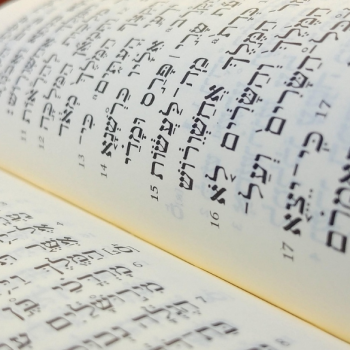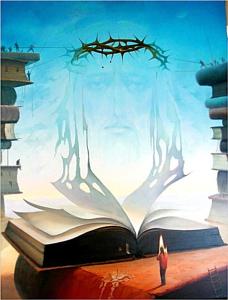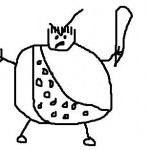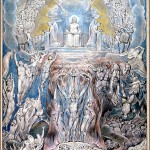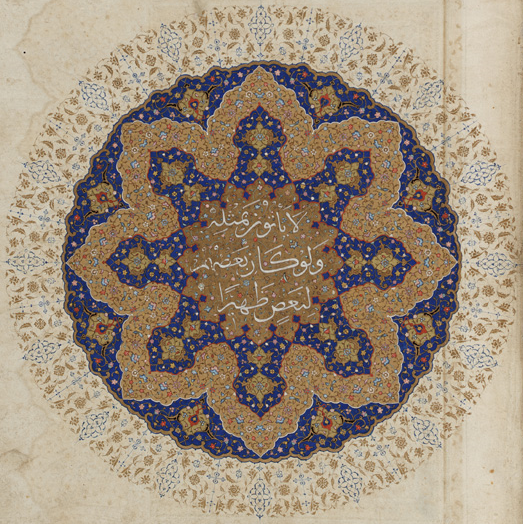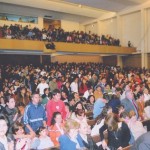Saliha at Azizatu Nafsiha has begun to write a beautiful, thoughtful series about wrestling with faith and gender expectations as an African American Shi’a Muslim woman. It’s called “Coming Into My Own,” a theme to which most of my readers will relate. Her writing is lucid, elegant and transparent in its depth. I highly recommend following this series.
An excerpt (emphases mine):
In Islamic eschatology, one of the trials of Judgment Day is crossing a bridge situated over hell. This bridge, called sirat, is so narrow and difficult to cross that it’s reportedly thinner than a hair and sharper than a sword. Believers will make their way to heaven or fall off for an appointed time in hell according to the degree of enlightenment they reached in this life. In my experience, crossing the sirat is an apt metaphor for American Muslim womanhood.
There are so many claimants to an American Muslim woman’s soul. Stakeholders from opposing ideologies contend for the right to mold our thoughts, actions, our very identities as if the fate of America, or Islam itself depends on their victory. A young American Muslima wielding her own agency to build the kind of life she envisions for herself finds that she must carry a lot of other folks’ baggage on her journey to womanhood. She carries the burden of beauty: a narrowly defined set of physical ideals that women are expected to meet at great cost, while appearing as if they’ve expended no effort at all. “Be beautiful,” American woman are told, just don’t look like you tried. She carries the burden of idealized identities that are at odds with one another, at once the patriotic American woman, uncritically proud of and unquestionably loyal to her country, and the high-achieving, pious, modest and self-sacrificing Muslim daughter, wife, then mother. And of each detail of our being. picked apart, analyzed and constructed for us by the claimants to our souls, none is so contentious as our clothing. Hijab or no hijab, how you hijab or don’t, details down to the way our scarves are pinned can be seen as a sign of support of one religious or political ideology or another.
The path is narrow and sharp. The burdens are many, and heavy. Voices call out in an endless cacophony from below, all saying the same thing, “YOU’RE DOING IT WRONG!”
…
I understood early that it was not enough to be chaste. As an American woman, particularly a black American woman, my default position in much of the American Muslim community is the whore. In order to secure legitimacy I’ve had to position myself, indisputably, with the Madonnas. Years of Catholic schooling had done a fine job of imprinting the Madonna ideal in my mind. Being soft-spoken, demure, self-sacrificing, maternal and pious came naturally, though not always easily. I interpreted the Qur’anic mandate to “lower the gaze and guard the chastity” quite literally and spent years interacting with professors, co-workers, sheikhs and imams– in short, all marriageable men– without ever looking one in the eye. I still find eye-contact with unrelated Muslim men uncomfortable, not for fear of transgressing ethical boundaries, but because of what I think they’ll think of me. In communities where the details of male/female interaction are so carefully scripted, subtleties hold a great deal of meaning. Eye contact, especially when held for a little too long, may be easily (mis)understood as flirting.





